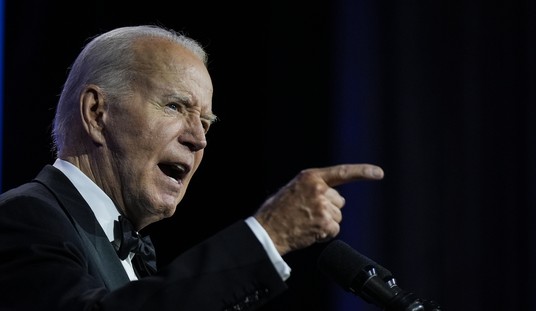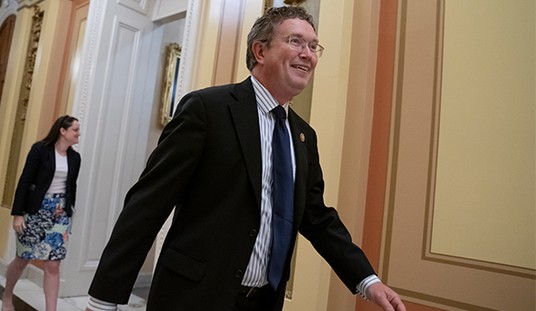One of the administration’s top negotiators involved in the Iran nuclear agreement told Fox News that it would be “virtually impossible” for Iran to conduct any nuclear activity without the US knowing about it.
Under the agreement, it will be “virtually impossible” for Iran to cover up nuclear activity, Energy Secretary Ernest Moniz says.
“We are better off forever in terms of Iranian nuclear activity under this agreement than we would be without it,” Moniz told “Fox News Sunday.”
Moniz made the rounds on the Sunday morning political talk shows.
Critics have suggested the nuclear agreement gives Iran too much leeway to secretly build a weapon. One of the chief concerns is that investigators could be forced to wait 24 days before inspecting covert sites suspected of nuclear activity. Some fear this will give Iran enough time to hide any traces of such activity.
“You wouldn’t tell a drug dealers, give them a 24-day notice,” Israeli Prime Minister Benjamin Netanyahu, one of the deal’s biggest critics, said. “They’d just flush the drugs down the toilet.”
But Moniz said three weeks is a “reasonable” amount of time to inspect for nuclear activity.
Flushing things down the toilet “is not so simple with nuclear materials,” he told ABC’s “This Week.” “We are very confident in our ability to detect the vestiges of any nuclear work beyond 24 days.”
Eventually, inspectors would collect environmental samples.
“When environmental samples are taken and nuclear activity has taken place, it is virtually impossible to clean up that place,” Moniz said on “Fox News Sunday.” You can paint the floors, you can do what you want. We feel very confident that we would find evidence of nuclear activity.”
The key for western negotiators was “getting a defined timeframe” so Iran couldn’t hold inspectors out for more than 24 days, Moniz said on CBS’s “Face the Nation.”
“The part of the agreement that is absolutely critical is the one that prevents them from having a weapon,” Moniz told CNN’s “State of the Union.”
“There’s a lot more you need for a nuclear explosive and if you look at the agreement you will see an indefinite commitment to not pursuing four major activities needed for a weapon,” he added on Fox.
He sounds confident, doesn’t he? He shouldn’t be. One of the bones of contention critics have with the deal is that it allows the nuclear facility at Fordow to continue to enrich uranium. Fordow’s existence was kept secret by Iran for nearly 6 years with the west none the wiser.
From the Washington Post story in 2009:
In a hastily arranged appearance outside the Group of 20 conference in Pittsburgh, Obama, British Prime Minister Gordon Brown and French President Nicolas Sarkozy outlined intelligence that Brown said would “shock and anger the whole international community, and it will harden our resolve” to force Iran to change its path.
Iran’s stubborn and charismatic president, Mahmoud Ahmadinejad, offered no contrition, asserting that the facility is a legal and proper attempt to provide nuclear energy for his people. “We have no fears,” he said at a New York news conference in which he welcomed inspections by the International Atomic Energy Agency. In response to Obama’s description of the facility as designed to produce weapons-grade uranium, Ahmadinejad said, “I don’t think Mr. Obama is a nuclear expert.”
Friday’s announcement capped a week of behind-the-scenes action in which Iran and the United States each maneuvered to reveal the information on its own terms. U.S. intelligence officials briefing reporters in Washington declined to be precise, but they said they had learned about the facility by early 2007. They said it is not yet operational but may be capable in 2010 of producing enough material for at least one bomb per year.
The CIA, along with its British and French counterparts, spent the summer compiling a dossier of information that administration officials said they had not yet decided how and when to reveal. Their hand was forced, they said, by a letter the Iranian government sent to the IAEA in Vienna on Monday.
We can’t measure radiation levels if we don’t even know the site exists. And no one in the administration is guaranteeing we know of every site being used by Iran for their nuclear program. This is especially true since it is strongly suspected that the Parchin military facility — which has been deemed by Iran off limits to inspectors — conducted implosion tests with conventional explosives in the last couple of years. Implosion — squeezing a ball of plutonium the size of a grapefruit to a sphere the size of an orange using shaped charges — is vital in the construction of a plutonium bomb.
Secretary Moniz is going about his selling job dutifully. But who he thinks he’s fooling is beyond understanding.










Join the conversation as a VIP Member